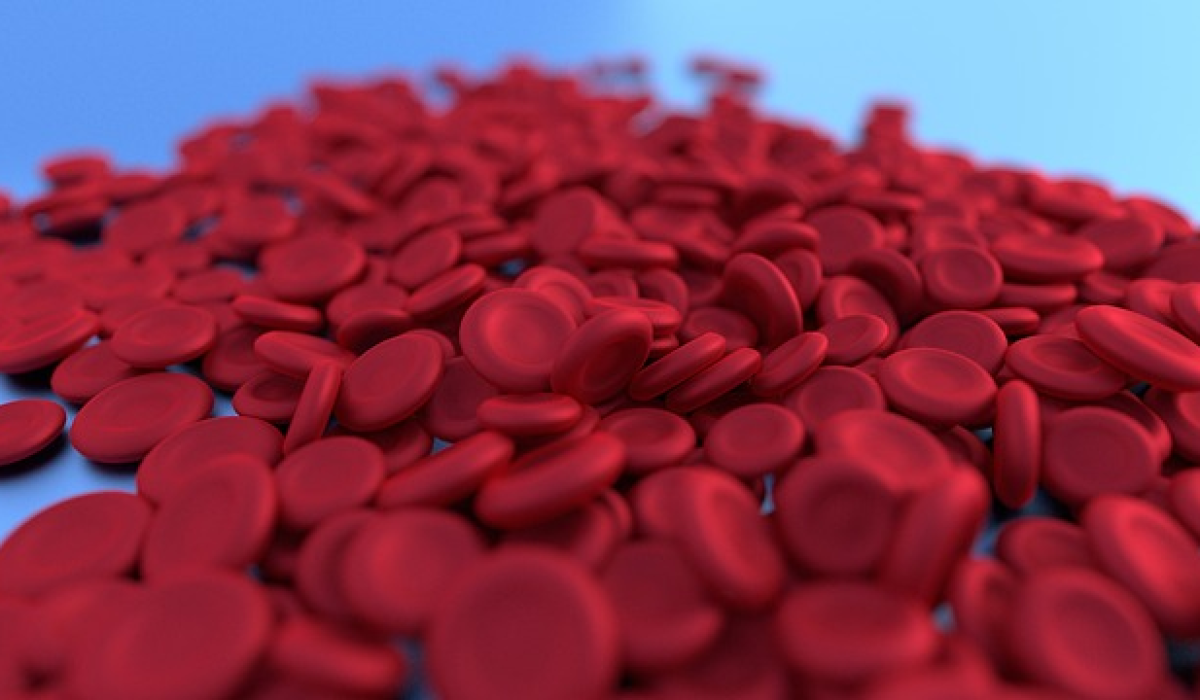Decoding Anemia: What It Is and How It Affects You
Anemia happens when your body doesn’t have enough red blood cells or hemoglobin. Hemoglobin is a protein that carries oxygen. So, without enough red blood cells or hemoglobin, less oxygen travels through your body. This can make you feel tired and weak. Red blood cells are like oxygen delivery vans. They pick up oxygen from the lungs and drop it off all over the body. Without enough vans, the body doesn’t get the oxygen it needs.
Recognizing Anemia Symptoms
Look out for these anemia symptoms: – Feeling very tired – Pale skin – Shortness of breath – Dizziness
These symptoms might sound simple, but they can really affect daily life. One of the biggest links with anemia is feeling extreme tiredness or anemia and fatigue. Imagine trying to run a marathon without energy; that’s how people with anemia might feel walking up a single flight of stairs. If not managed, these symptoms can get worse over time. So, watch out for the signs and seek help if needed.
Who’s at Risk? Identifying Vulnerable Groups
Certain groups are more likely to develop anemia than others: – Pregnant women need more blood, increasing their risk. – People with chronic diseases, like kidney disease, are also at risk.
Lifestyle and diet play a huge role too. Poor diet can lead to iron deficiency anemia. So, understanding who is vulnerable helps in anemia prevention.
Unveiling the Causes of Anemia
Anemia causes can vary, but here are some common ones: – Iron deficiency anemia is the most common type. This occurs when your body doesn’t have enough iron to make hemoglobin. – Lack of essential vitamins like B12 or folic acid can also lead to anemia. – Some chronic illnesses, like diabetes, affect how your body uses iron and can contribute to anemia. – Genetic conditions can also play a part. Things like thalassemia can be passed down.
Sometimes simple things like poor diet can strip your body of vital nutrients, leading to anemia.
Journey to Anemia Diagnosis: How Anemia is Identified
Getting a proper anemia diagnosis is important. Regular health check-ups can catch anemia early. How do doctors check for anemia? They use blood tests that measure hemoglobin levels. Imagine watching a film of your blood at work. These tests show if your blood cells are doing their job. This simple procedure is the first step in tackling anemia.
Navigating Treatments: Effective Solutions for Anemia
Treating anemia depends on its cause. Here are some anemia treatment options: – Eating a diet rich in iron like red meat or leafy greens. – Taking iron tablets or supplements as recommended by a doctor. – For severe cases, blood transfusions might be needed.
For iron deficiency anemia, focusing on getting enough iron in your meals is a key treatment.
Anemia Diet Plan: Local Indian Foods Rich in Iron
Looking for a culturally familiar anemia diet plan? Consider these iron-rich Indian foods: – Spinach and fenugreek dishes – Lentils and chickpeas – Raisins and figs
Recipes like Palak Paneer are great because they combine iron with essential nutrients. Try including more of these foods in your everyday meals. The combination of these ingredients helps boost iron intake naturally.
Dispelling Anemia Myths and Misconceptions
There are many myths about anemia. Some might say it’s just being tired. Others might think it’s rare. In reality, anemia is common and serious if left untreated. Proper information clears up these misconceptions and helps with better anemia treatment.
Real Stories: Battling Anemia Successfully
Real experiences can offer hope and guidance. Many Indians have shared how changes in diet and a focus on anemia symptoms brought positive results. Stories about overcoming anemia and fatigue highlight the power of community. By sharing struggles, people can see they are not alone and learn effective solutions.
A Community Approach: The Role of Anemia Awareness Programs
Community programs in India play a huge role in fighting anemia. These initiatives focus on educating people and providing resources. Success stories from these programs show that awareness is vital. By promoting better health practices, these programs aim to improve anemia prevention in the future.
Conclusion and a Call to Action
Anemia is a significant health issue, but simple lifestyle changes can make a difference. Recognizing anemia symptoms early, understanding anemia causes, and adopting an anemia diet plan can lead to effective anemia treatment. Stay informed and take part in spreading knowledge within your community about anemia. Encourage people around you to get regular check-ups and follow healthcare advice for better life quality. Together, we can create strong, healthy communities.
